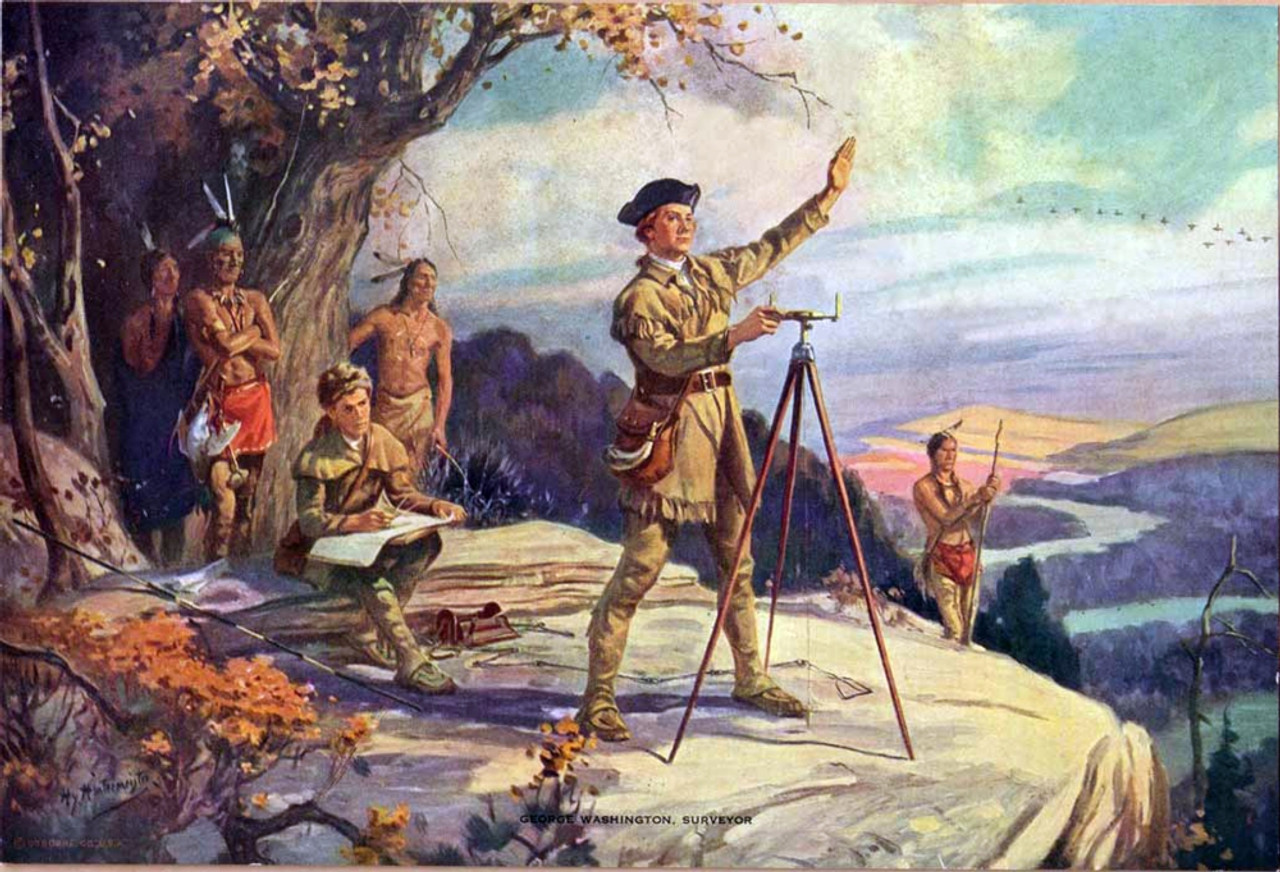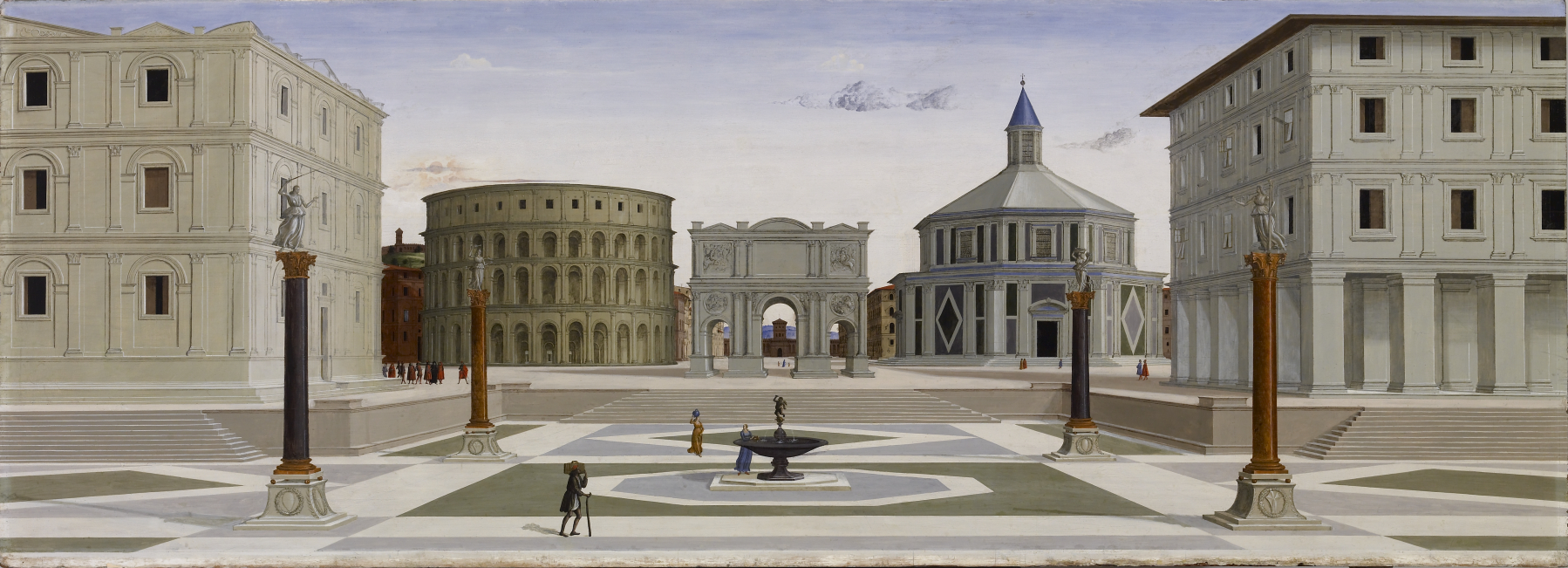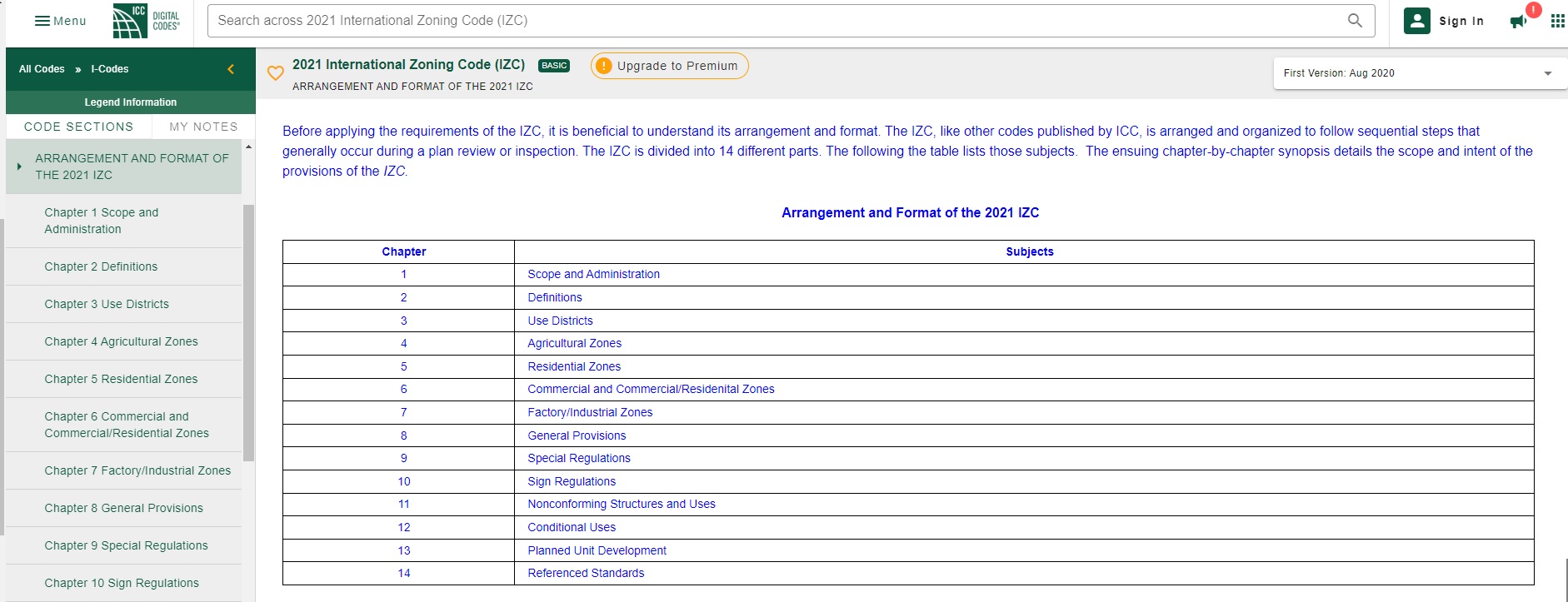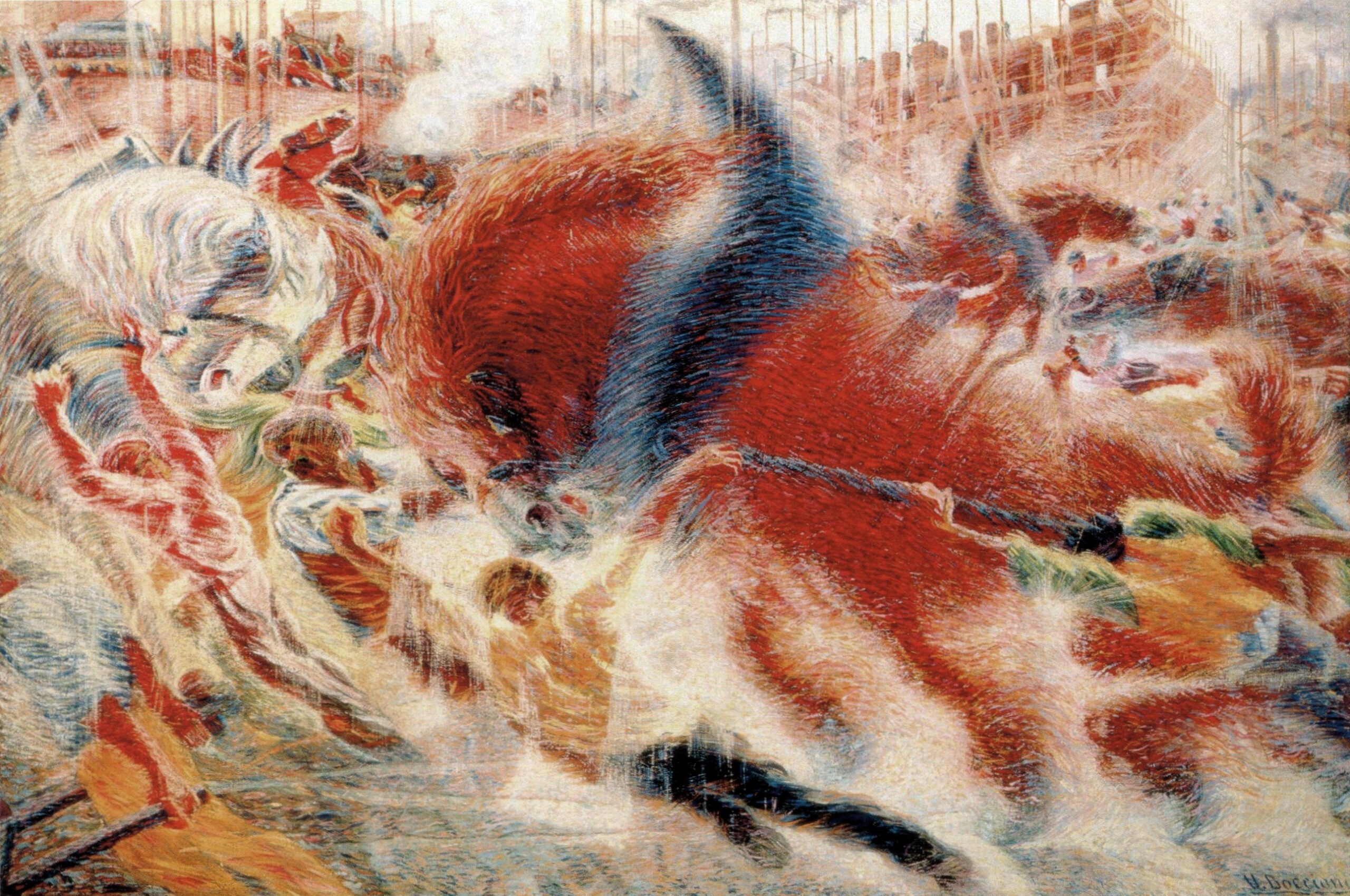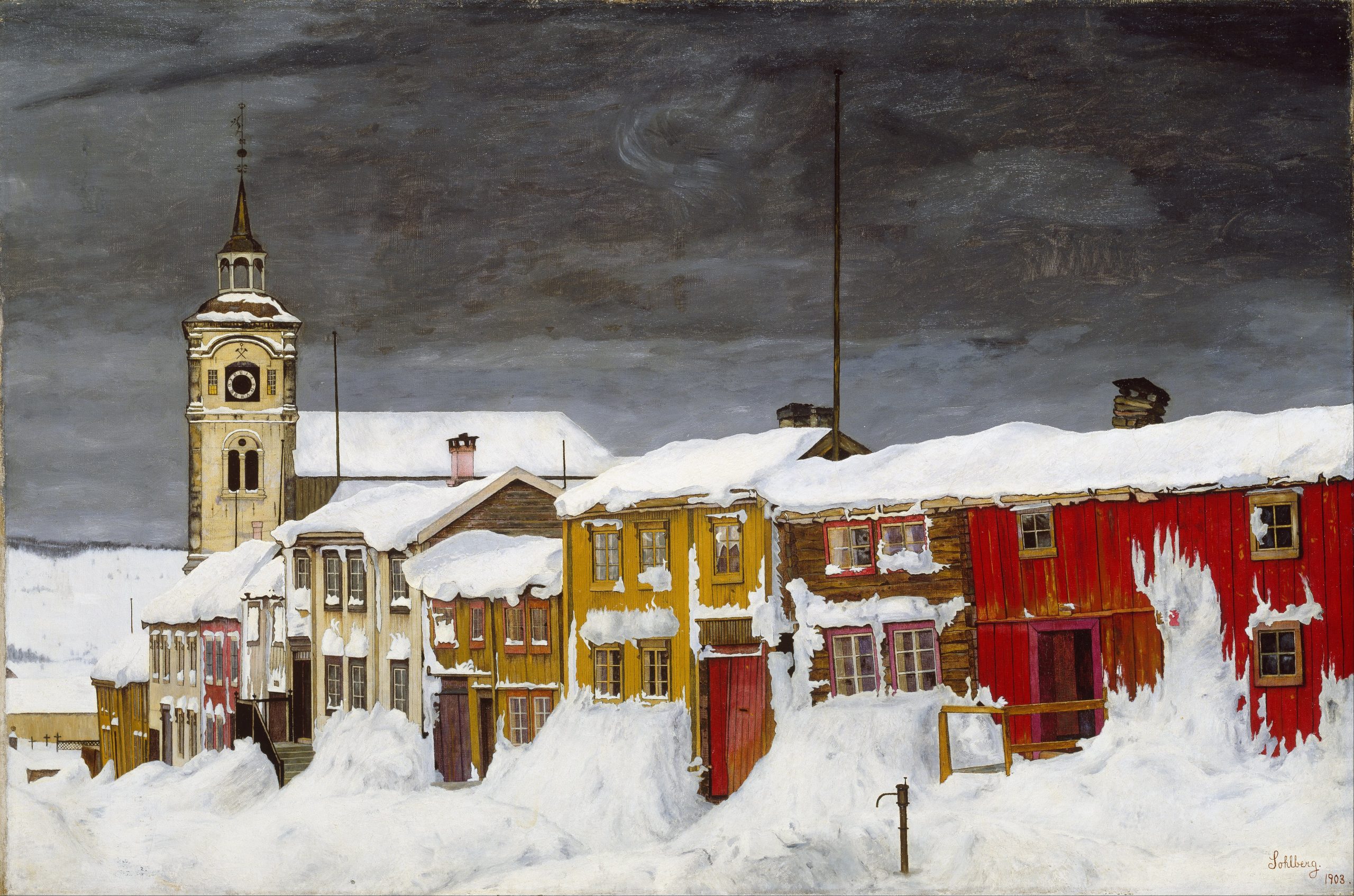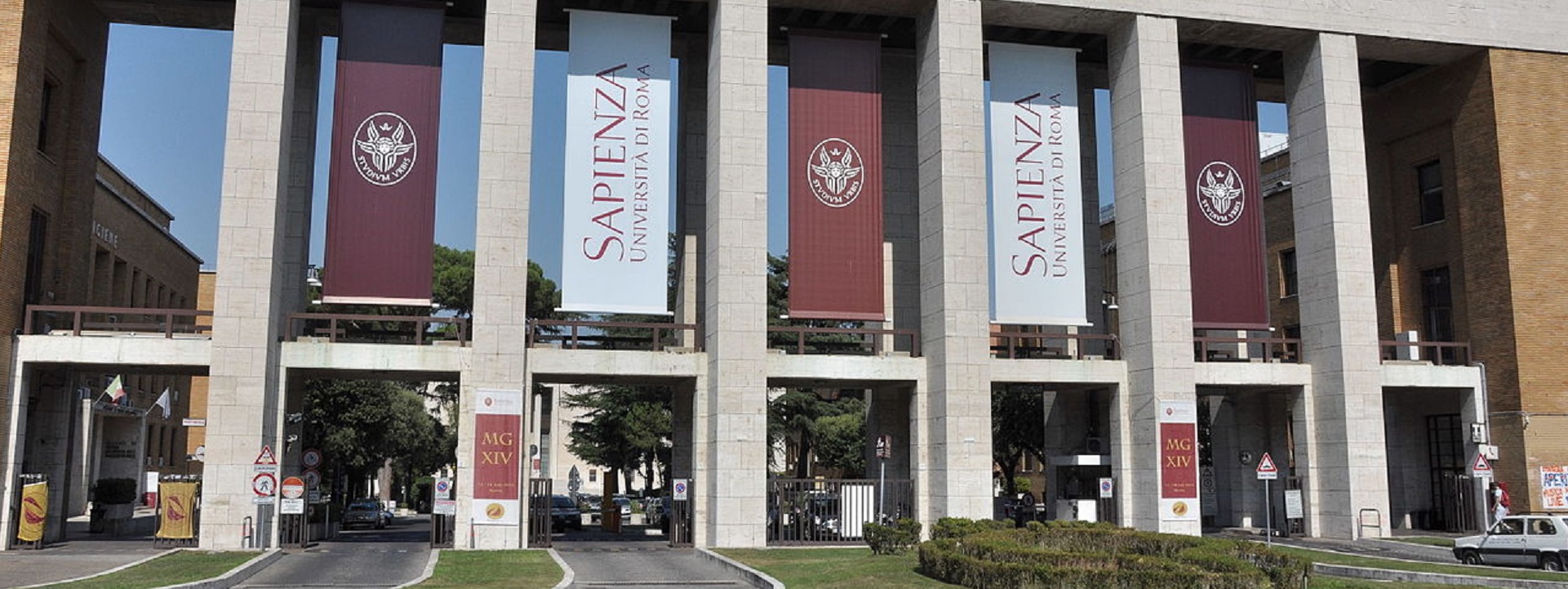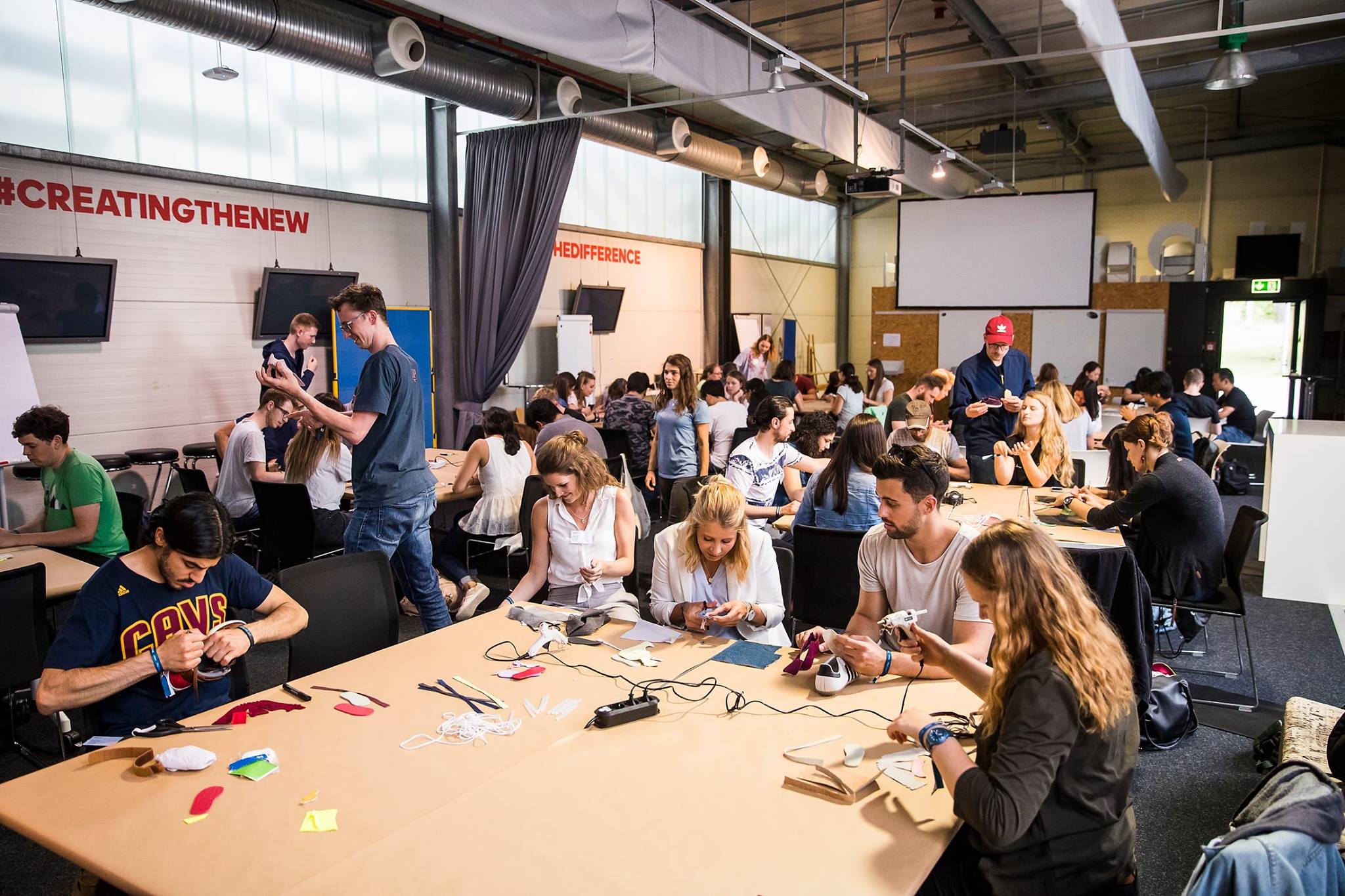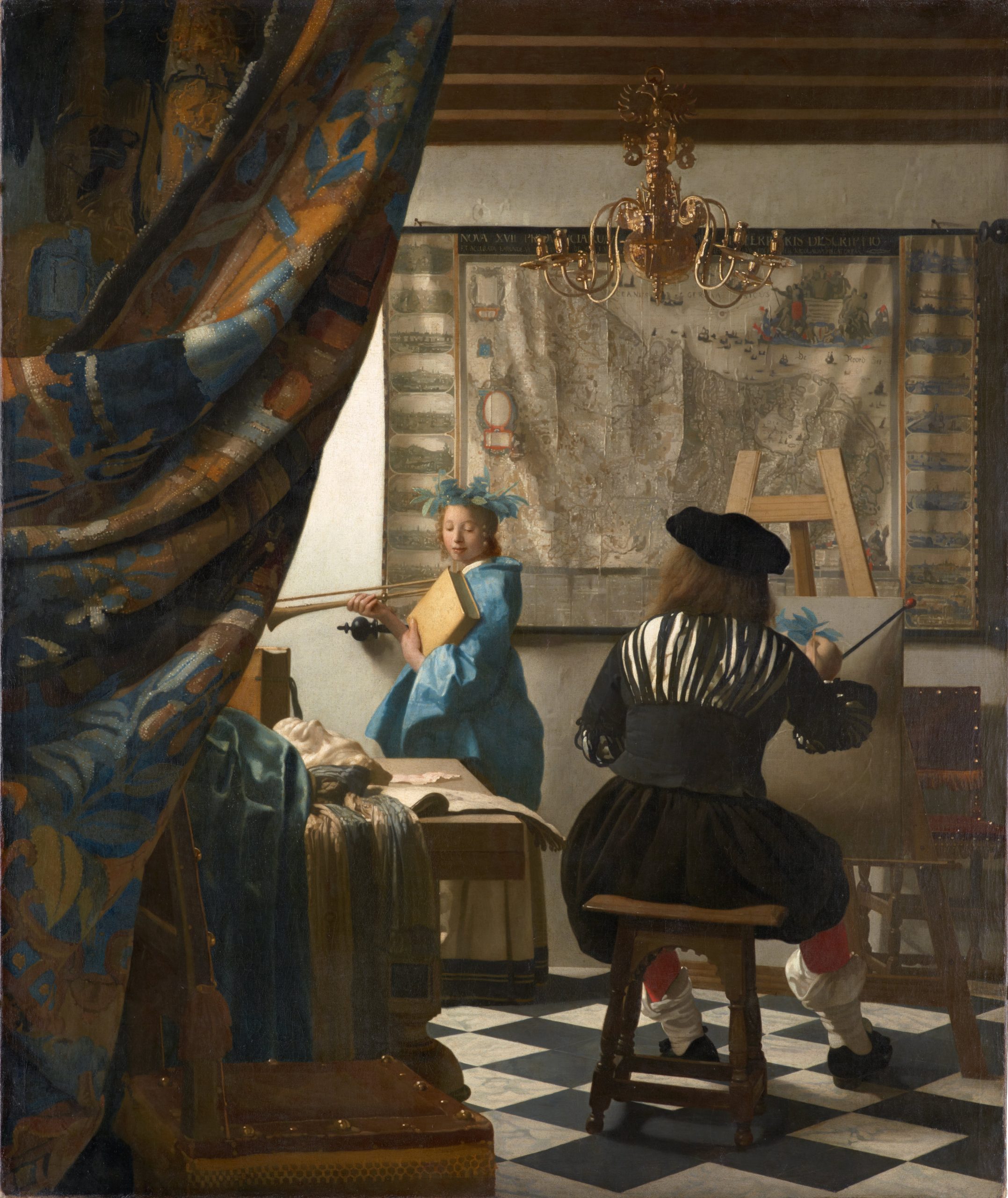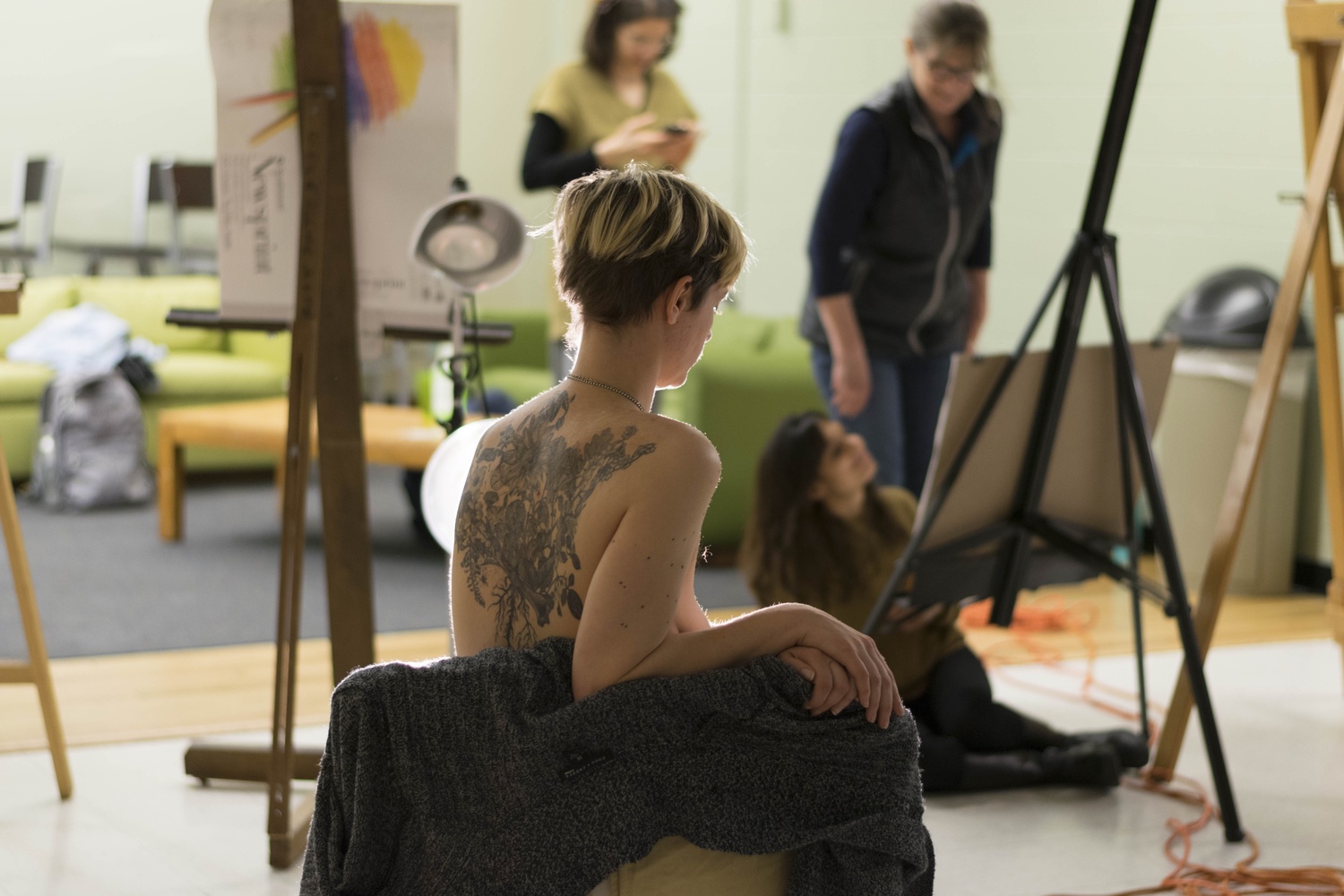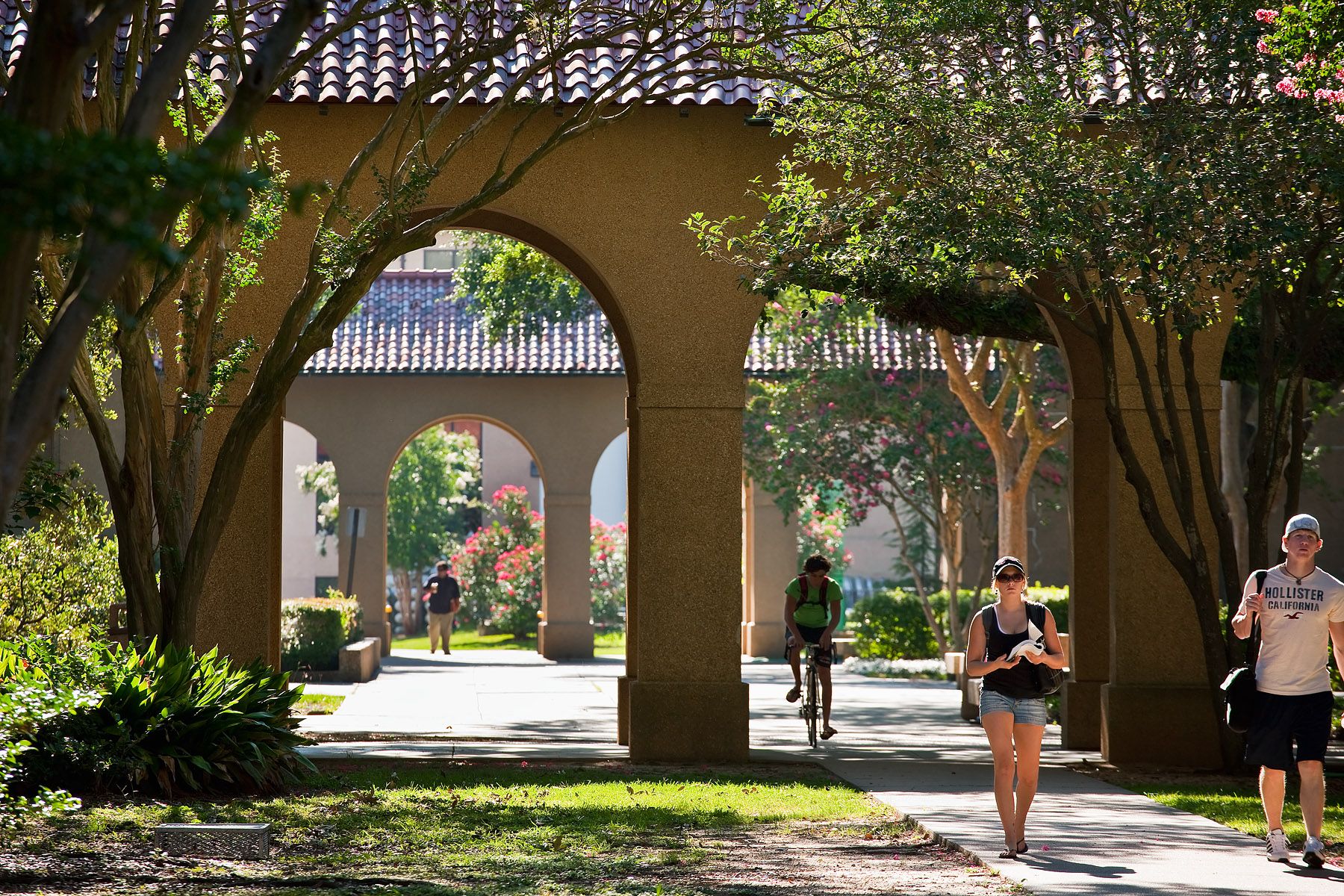Streets of Laredo
- Home Page 62

Land Measurement
In the United States, land surveying is regulated by various professional organizations and government agencies, and there are several technical standards that must be followed to ensure accuracy and consistency in land surveying.
The best practice for land surveying is set by the “Manual of Surveying Instructions” published by an administrative division of the United States Department of the Interior responsible for managing public lands in the United States. The manual provides detailed guidance on the procedures and techniques for conducting various types of land surveys, including public land surveys, mineral surveys, and cadastral surveys.
Manual of Surveying Instructions
Another important set of model standards for land surveying is the Minimum Standards for Property Boundary Surveys* published by the National Society of Professional Surveyors. These standards provide guidance on the procedures and techniques for conducting property boundary surveys, including the use of appropriate surveying equipment, the preparation of surveying maps and plats, and the documentation of surveying results. Land surveyors in the United States are also required to adhere to state and local laws and regulations governing land surveying, as well as ethical standards established by professional organizations such as the American Society of Civil Engineers.
* Local variants
California: Minimum Standard Detail Requirements for ALTA/NSPS Land Title Surveys
Michigan: Minimum Standard Detail Requirements for ALTA/NSPS Land Title Surveys
The Morrill Land-Grant Act of 1862 granted each state 30,000 acres of federal land for each member of Congress from that state to establish colleges that would teach agriculture, engineering, and military tactics. This legislation led to the establishment of many public universities, including the Texas A&M University, the University of Wisconsin and Michigan State University.
International Zoning Code
ANSI Standards Action: February 2, 2024
National Association of County Engineers
The purpose of the code is to establish minimum requirements to provide a reasonable level of health, safety, property protection and welfare by controlling the design, location, use or occupancy of all buildings and structures through the regulated and orderly development of land and land uses within this jurisdiction.
Municipalities usually have specific land use or zoning considerations to accommodate the unique needs and characteristics of college towns:
- Mixed-Use Zoning: Cities with colleges and universities often employ mixed-use zoning strategies to encourage a vibrant and diverse urban environment. This zoning approach allows for a combination of residential, commercial, and institutional uses within the same area, fostering a sense of community and facilitating interactions between students, faculty, and residents.
- Height and Density Restrictions: Due to the presence of educational institutions, cities may have specific regulations on building height and density to ensure compatibility with the surrounding neighborhoods and maintain the character of the area. These restrictions help balance the need for development with the preservation of the existing urban fabric.
- Student Housing: Cities with colleges and universities may have regulations or guidelines for student housing to ensure an adequate supply of affordable and safe accommodations for students. This can
include requirements for minimum bedroom sizes, occupancy limits, and proximity to campus. - Parking and Transportation: Given the concentration of students, faculty, and staff, parking and transportation considerations are crucial. Cities may require educational institutions to provide parking facilities or implement transportation demand management strategies, such as promoting public transit use, cycling infrastructure, and pedestrian-friendly designs.
- Community Engagement: Some cities encourage colleges and universities to engage with the local community through formalized agreements or community benefit plans. These may include commitments to support local businesses, contribute to neighborhood improvement projects, or provide educational and cultural resources to residents.
This is a relatively new title in the International Code Council catalog; revised every three years in the Group B tranche of titles. Search on character strings such as “zoning” in the link below reveals the ideas that ran through the current revision:
Complete Monograph: 2022 Proposed Changes to Group B I-Codes (1971 pages)
We maintain it on our periodic I-Codes colloquia, open to everyone. Proposed revisions for the 2025 revision will be heard at the Committee Action Hearings in Orlando in April 2024.
2024/2025/2026 ICC CODE DEVELOPMENT SCHEDULE
We maintain it on our periodic I-Codes colloquia, open to everyone with the login credentials at the upper right of our home page.
Related:
- Reed v. Town of Gilbert (2015): This Supreme Court case involved a challenge to the town of Gilbert, Arizona’s sign code, which regulated the size, location, and duration of signs based on their content. The court held that the sign code was a content-based restriction on speech and therefore subject to strict scrutiny.
- City of Ladue v. Gilleo (1994): In this Supreme Court case, the court struck down a municipal ordinance that banned the display of signs on residential property, except for signs that fell within specific exemptions. The court held that the ban was an unconstitutional restriction on the freedom of speech.
- Metromedia, Inc. v. San Diego (1981): This Supreme Court case involved a challenge to a San Diego ordinance that banned off-premises advertising signs while allowing on-premises signs. The court held that the ordinance was an unconstitutional restriction on free speech, as it discriminated against certain types of speech.
- City of Ladue v. Center for the Study of Responsive Law, Inc. (1980): In this Supreme Court case, the court upheld a municipal ordinance that prohibited the display of signs on public property, but only if the signs were posted for longer than 10 days. The court held that the ordinance was a valid time, place, and manner restriction on speech.
- City of Boerne v. Flores (1997): This Supreme Court case involved a challenge to a municipal sign code that regulated the size, location, and content of signs in the city. The court held that the sign code violated the Religious Freedom Restoration Act, as it burdened the exercise of religion without a compelling government interest.
Industrial electroheating and electromagnetic processing
The global standards for heat tracing systems are developed by IEC Technical Committee 27. The scope of work for this committee is reproduced below:
Standardization in the field of industrial equipment and installations intended for electroheating, electromagnetic processing of materials and electroheat based treatment technologies Note: The scope of interest covers industrial installations with the use of the following equipment: – equipment for direct and indirect resistance heating; – equipment for electric resistance trace heating; – equipment for induction heating; – equipment using the effect of EM forces on materials; – equipment for arc heating, including submerged arc heating; – equipment for electroslag remelting; – equipment for plasma heating; – equipment for microwave heating; – equipment for dielectric heating; – equipment for electron beam heating; – equipment for laser heating; – equipment for infrared radiation heating. The list presents typical examples of equipment and its applications and is not exhaustive.
CLICK HERE for the link to the TC 27 Strategic Business Plan
Titles in this committee’s bibliography appears to be stable. As with all IEC titles, they are relatively narrow in scope compared with the titles promulgated by most US standards developing organizations. Our interest lies primarily in the application of this technology within and around education community buildings.
While heat tracing generally goes un-noticed it is an essential part of cold weather safety. It is wise to keep pace with its evolution with innovation in materials and controls with the lead.
We maintain this committee’s work on the standing agenda of our seasonal Snow & Ice colloquia; along with US standards developed by UL, IEEE, NEMA, NFPA, ICC, ASHRAE and a few others. We also collaborate with the IEEE Education & Healthcare Facilities Committee on this topic. See our CALENDAR for the next online meeting; open to everyone.
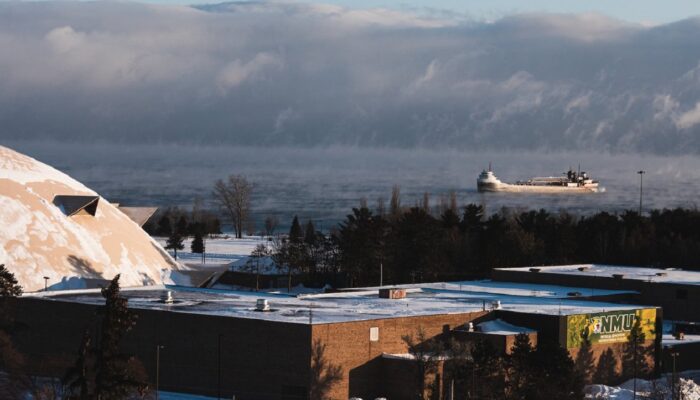
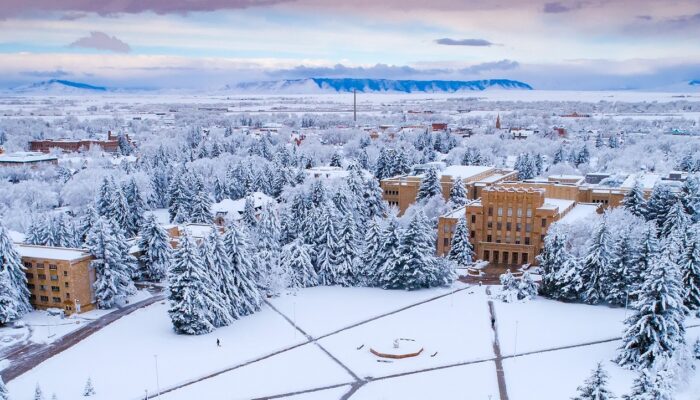
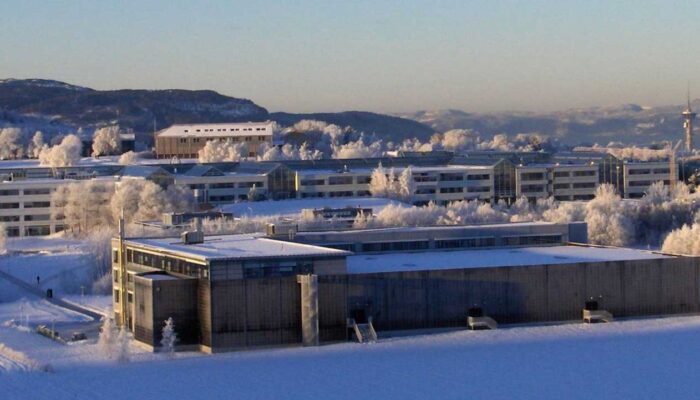
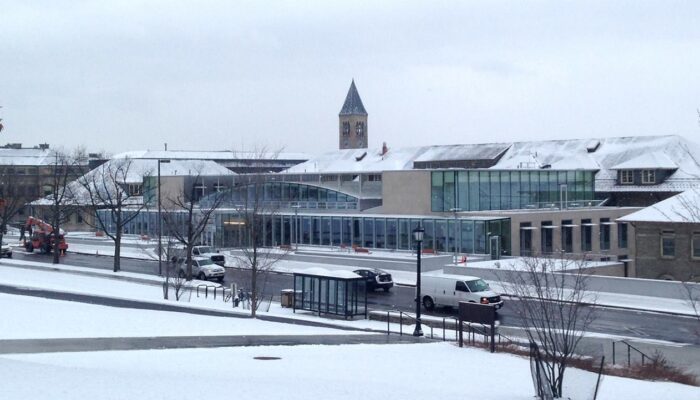
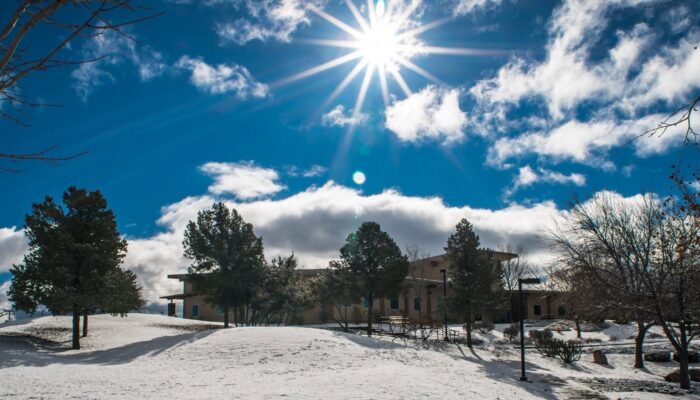
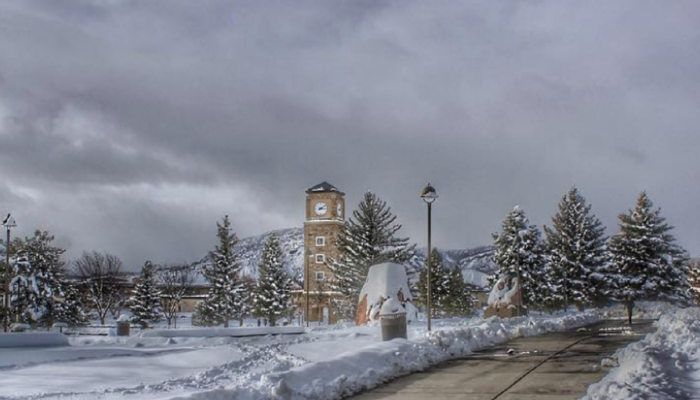
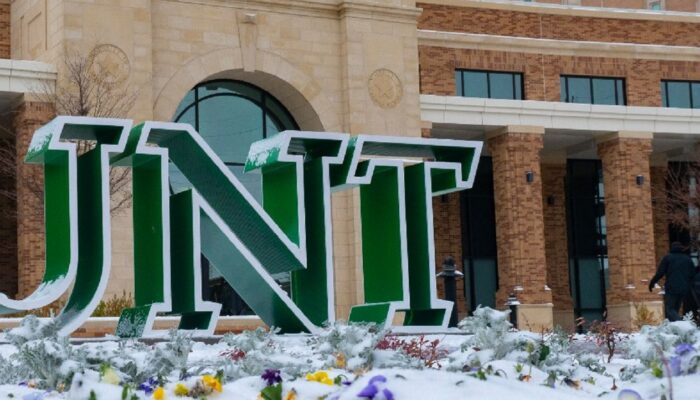
Issue [18-332]
Category: Electrical
Colleagues: Mike Anthony, Lorne Clark, Jim Harvey
Architecture of power systems: Special cases
The architecture of electric power systems: Some special cases
Abstract Modeling of the electric system “architecture” aims to achieve performances of operation, maintenance and safety. The paper discusses about the criteria in designing the normal and special cases that need a structured architecture complying with electrical loads extensively distributed and with installation requirements proper to external stresses hazard as earthquake, fire, flood, extreme environment conditions. Also advanced architectural buildings outside of the typical and classical configurations require tailored solutions for the electrical systems. The general criterion of designing power distributions is to structure the system in two or more levels from the utility up to the terminal equipment adopting a number equal or lower of voltages. The criterion of the barycentered distribution is generally applied for defining the dimension and the voltage of each distribution level. In critical facilities, it is necessary to ensure that electrical service will be available during and after a hazardous event and so all the components should have adequate ratings and be installed in a proper manner. A special power distribution, “brush-distribution”, is suitable for the strategic buildings with higher risk for seismic event, for the photovoltaic systems against extreme temperature conditions and for the road tunnels against the fire.
PURCHASE INFORMATION: IEEE Digital Library
Higher Education Accreditation Standard
United States Department of Education
National Association of State Boards of Education
“Apology” Defense of Socrates | Plato
Accreditation is a process that involves evaluating the overall quality of an institution and its programs, including the qualifications and expertise of faculty members. Accreditation is institution-specific, and individual professors are not typically accredited separately. Instead, the accreditation process assesses the overall effectiveness of the educational institution and its ability to meet certain standards.
IRS 990 (Non-Profit Explorer: Council For Higher Education Accreditation
The Council for Higher Education Accreditation claims to be the national advocate and institutional voice for self-regulation of academic quality through accreditation — a non-profit organization with 3,000 degree-granting colleges and universities and recognizes 60 institutional and programmatic accrediting organizations.
In the United States, the accreditation of college and university programs, including the evaluation of faculty qualifications, is typically managed by regional accrediting agencies; each with hegemonic claims. They are united with a common interest in money coming from the U.S. Department of Education which controls money flow.
While the CHEA plays a role in overseeing accrediting bodies, the direct influence on the quality of facilities lies with the institutions themselves and the accrediting agencies that evaluate them.
Accreditation standards may touch upon aspects of facilities, but the day-to-day management and improvement of facilities are typically the responsibility of the individual higher education institutions.
The regional accrediting agencies in the United States include:
- Higher Learning Commission (HLC) – Covers the central United States.
- Middle States Commission on Higher Education (MSCHE) – Covers the mid-Atlantic region.
- New England Commission of Higher Education (NECHE) – Covers the New England states.
- Northwest Commission on Colleges and Universities (NWCCU) – Covers the northwest region.
- Southern Association of Colleges and Schools Commission on Colleges (SACSCOC) – Covers the southern United States.
- WASC Senior College and University Commission (WSCUC) – Covers the western United States.
Deep 3D Body Landmarks Estimation for Smart Garments Design
Deep 3D Body Landmarks Estimation for Smart Garments Design
Annalisa Baronetto, et. al
Chair of Digital Health | Friedrich-Alexander-Universität Erlangen-Nürnberg
Abstract: We propose a framework to automatically extract body landmarks and related measurements from 3D body scans and replace manual body shape estimation in fitting smart garments. Our framework comprises five steps: 3D scan acquisition and segmentation, 2D image conversion, extraction of body landmarks using a Convolutional Neural Network (CNN), back projection and mapping of extracted landmarks to 3D space, body measurements estimation and tailored garment generation. We trained and tested the algorithm on 3000 synthetic 3D body models and estimated body landmarks required for T-Shirt design. The results show that the algorithm can successfully extract 3D body landmarks of the upper front with a mean error of 1.01 cm and of the upper back with a mean error of 0.78 cm. We validated the framework the framework in automated tailoring of an electrocardiogram (ECG)-monitoring shirt based on the predicted landmarks. The ECG shirt can fit all evaluated body shapes with an average electrode-skin distance of 0.61 cm.
Narrowband Application in Intelligent Fire Protection System
Art Studios
2024/2025/2026 ICC CODE DEVELOPMENT SCHEDULE
Last update: September 30 2021
Safety and sustainability for any facility begins with an understanding of who shall occupy the built environment and what they will be doing in it. Since we are guiding young people toward their goal of building things that are useful and beautiful we select the International Building Code as a starting point for an occupancy that requires a more elevated concern for safety than a typical classroom.
2021 International Building Code Section 307 High Hazard Group H
High-hazard occupancies in each of the International Code Council code development groups A, B and C; fetch back to these classifications.
Public input for the 2024 International Building Code will be received until January 8, 2024.
For the purpose of formulating our own proposals we begin with the developmental transcripts of the previous code cycle. Recommended search terms: “Section 307”, “Studio”, “Classroom” “University” will give you a sample of the ideas in play. The complete monograph is linked below:
2021 Group A Complete Proposed Changes Monograph (2306 Pages)
2021 PUBLIC COMMENT HEARING SCHEDULE September 21 – 26, 2021
Webcast: 2021 Group A Public Comment Hearings
Titles in the ICC catalog are relevant to nearly every study unit in our Syllabus. See our CALENDAR for topics and do not be shy about clicking in any business day at 16:00 UTC (11 AM ET).
Issue: [18-166]
Category: Various
Colleagues: Mike Anthony, Marcelo Hirschler, Richard Robben
More
Mount Holyoke University: Safety Guide for Art Studios
Standard Methods of Fire Tests for Flame Propagation of Textiles and Films
IEEE: Textile humidity sensors
Fire at Pratt Institute Destroys Studios and Artwork of Students
King’s Cake
It’s King Cake season and the perfect time to try your hand at making one of your own. @LSUDining’s full recipe@LSUhttps://t.co/mKFYRbnpfC pic.twitter.com/k2fd7rHJTw
— Standards Michigan (@StandardsMich) January 8, 2022
New update alert! The 2022 update to the Trademark Assignment Dataset is now available online. Find 1.29 million trademark assignments, involving 2.28 million unique trademark properties issued by the USPTO between March 1952 and January 2023: https://t.co/njrDAbSpwB pic.twitter.com/GkAXrHoQ9T
— USPTO (@uspto) July 13, 2023
Standards Michigan Group, LLC
2723 South State Street | Suite 150
Ann Arbor, MI 48104 USA
888-746-3670



